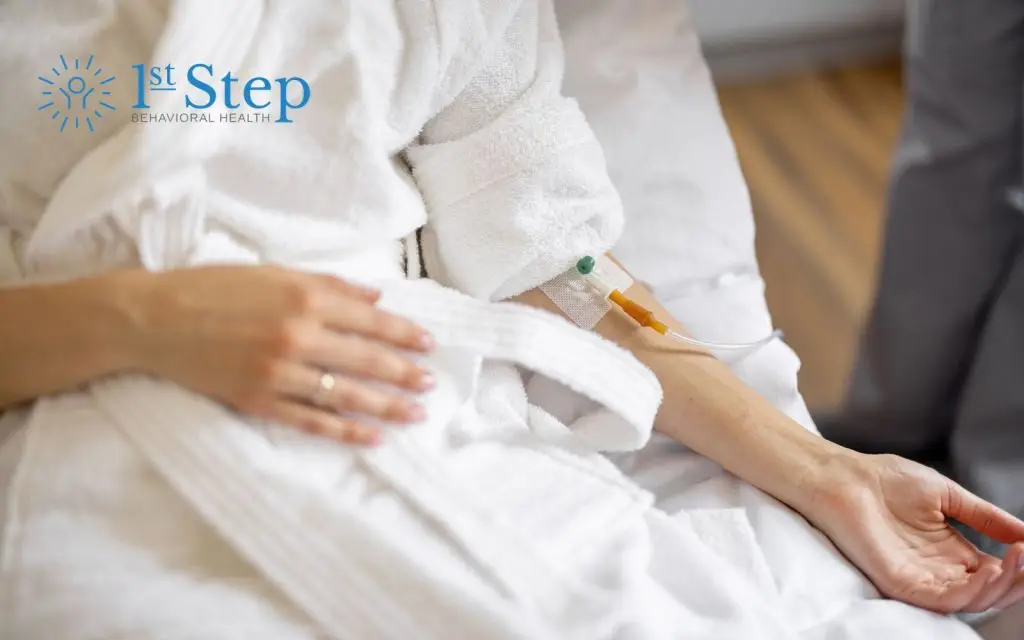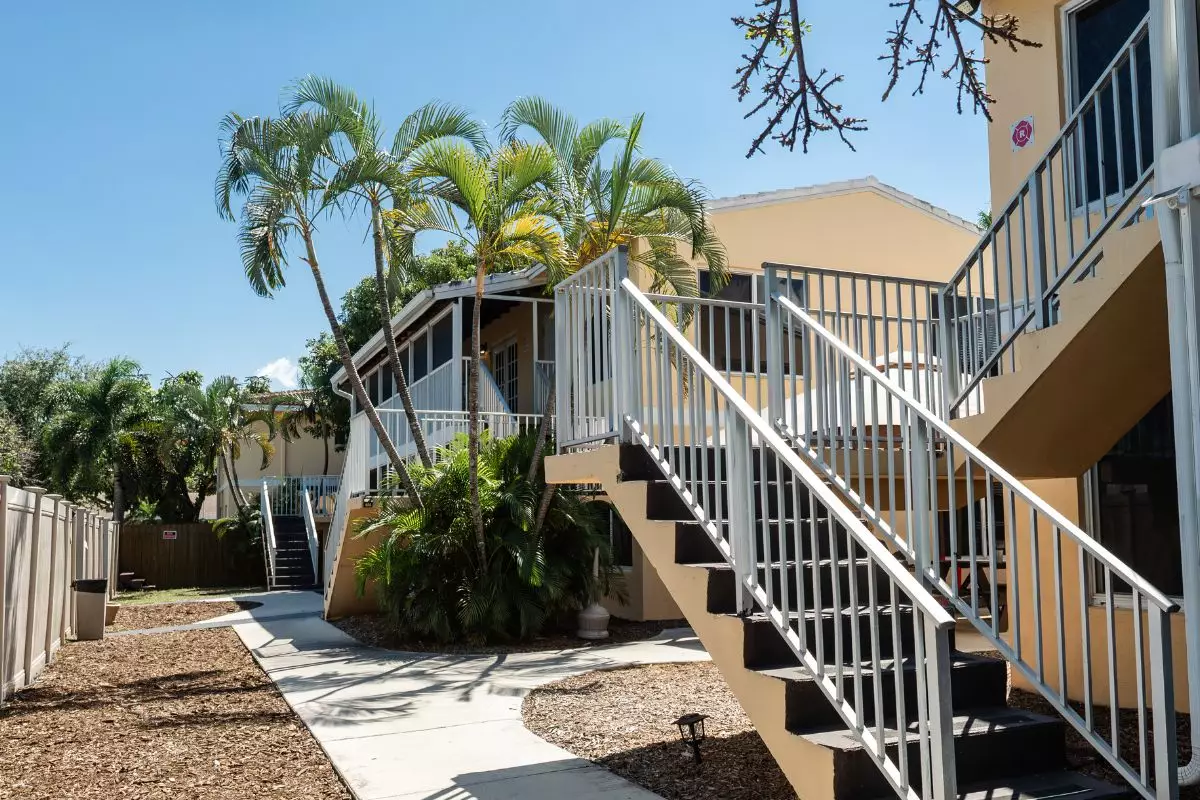Veins are built to handle a lot. They stretch, bend, and heal from everyday wear and tear, but when the same spot is used over and over without time to rest, the damage can start to add up.
A collapsed vein is what happens when a vein gets so irritated or overused that it finally shuts down completely. Collapsed veins occur for a number of reasons, but if too many veins are lost, it can make future medical care more difficult and increase the risk of experiencing serious health problems.
By the end of this guide, you’ll have an answer to the question, “What is a collapsed vein?”
You’ll also learn about:
- What causes collapsed veins
- How to tell if a vein has collapsed and what it feels like
- What symptoms and complications to watch out for
- Whether a collapsed vein can heal
- Whether long-term damage from a collapsed vein is possible
- How to prevent them in the future
- Where to find help for collapsed veins related to drug use
If you or someone you love is struggling with collapsed veins due to drug use or repeated injections, there is support available. First Step Behavioral Health provides evidence-based care designed to treat both physical and mental symptoms. Reach out today to learn more about our treatment programs or schedule an intake appointment.
What Is a Collapsed Vein?
A collapsed vein is a vein that has closed off or caved in, no longer allowing blood to flow through it. This often happens after repeated trauma to the area, such as frequently inserting a needle or using the same injection site over and over. While it’s not always visible from the outside, it can create a serious issue underneath the skin.
Collapsed veins can affect anyone, from people with chronic illness to those who use IV drugs. It’s also common in healthcare settings where multiple blood draws or IV medications are needed.
Unlike a blown vein, which happens when the needle punctures through both walls and causes blood to leak into the surrounding tissue, a collapsed vein typically shuts down over time due to inflammation and scarring.
What Causes a Vein to Collapse?
Veins are soft, flexible blood vessels with an inner lining that’s easily irritated. Over time, repeated injury or stress can wear them down. Common causes of vein collapse include:
- Using dull or large-gauge needles that scrape the vein wall
- Dehydration or thick blood, which can restrict blood flow
- Forceful or fast injections, which put excess pressure on the vein
- Repeated injections in the same vein
- Not rotating injection sites, which doesn’t give the veins time to rest or heal
- Improper injection technique, such as pushing the needle too deep or at the wrong angle
- Injecting substances that irritate or damage the lining, like crushed pills or unclean drugs
For people who inject drugs, these problems often add up and cause multiple veins to stop working. However, the same exact thing can happen even in medical settings if the same spot is used too often for blood draws or IVs.
Identifying a Collapsed Vein
It’s not always obvious when a vein collapses, especially in the beginning, but certain signs can indicate one, including:
- Swelling or puffiness in the area
- A vein that feels flat, hard, or rope-like under the skin
- Experiencing pain when you try to inject, even if the needle seems like it’s in the right place
- Noticing skin above the vein that looks sunken, bruised, or discolored
- Feeling tingling, numbness, or coldness in the limb or around the injection site
- Sensing tightness, pulling, or unusual pressure when inserting the needle
- Being unable to draw blood back into the syringe
- Seeing that a vein once visible or easy to access has disappeared
If the vein used to be easy to access and suddenly disappears or stops working, that’s usually a sign it has shut down. Sometimes the area might look fine, but the flow inside has completely stopped.
What Does a Collapsed Vein Feel Like?
Some people notice a collapsed vein right away, while others don’t realize it until their usual injection site becomes unusable. It may feel like:
- Resistance or pressure during injection
- A dull ache or soreness afterward
- A lack of warmth or normal blood flow in the area
- A strange tightness or hollowness under the skin
In some cases, the skin above the vein may feel different, as if it’s thinner or tighter. You might also notice visible changes like swelling, discoloration, or new veins popping up nearby.
Can a Collapsed Vein Heal?
Whether a collapsed vein can heal depends on how badly it’s been damaged. Some veins may reopen slightly over time and become usable again with extreme caution. In these situations, although the vein allows blood to pass through again, it usually won’t be as smooth. Other collapsed veins permanently close, especially when:
- A blood clot forms and seals it off
- Repeated damage has thickened or destroyed the inner lining
- The collapse is caused by scarring inside the vein
There is no guaranteed vein treatment that can reopen a collapsed vein. Healing almost always involves stopping further damage, managing symptoms, and protecting nearby veins.
What Are the Long-Term Effects of Collapsed Veins?
Even though a collapsed vein isn’t always dangerous by itself, repeated damage can lead to more serious problems, especially if multiple veins stop working. Potential complications include:
- Tissue damage and slower wound healing
- Pain or heaviness in the arms or legs
- Varicose veins, which are swollen, twisted veins caused by faulty valves and pressure buildup
- Ulcers and skin breakdown, particularly in the lower limbs
- Deep vein thrombosis (DVT), a dangerous clot in a deep vein
- Infections from injecting into fragile new veins
- Chronic venous insufficiency, where blood struggles to move through the legs and begins to pool
While the body may grow new surface veins to compensate, these are usually thin, weak, and more prone to injury.
How to Treat a Collapsed Vein
Although you can’t reverse a collapsed vein, you can help the area feel better and protect the parts that are still healthy. Try the following:
- Immediately stop using that site
- Apply warm compresses two to three times a day
- Keep the area clean and dry
- Elevate the limb to help blood flow
- Use over-the-counter pain relievers if necessary
- Use compression socks or bands
- Watch for signs of infection (like redness, heat, swelling, or pus)
If the area looks or feels worse as time passes, or if you’re unable to find usable veins, a healthcare provider can recommend different treatment options. Imaging tests are often used to see how much damage has been done and whether any clots or circulation problems are developing.
How to Prevent Collapsed Veins
Once a vein collapses, it usually can’t be used again. That’s why prevention is so important, especially for people who rely on injections for medical reasons or struggle with substance use. Some of the most helpful ways to prevent vein collapse include:
- Rotating injection sites to give each area time to rest
- Drinking plenty of water to keep the blood thinner and easier to move
- Warming the skin before injecting to help the vein come closer to the surface
- Choosing larger, more stable veins, such as those in the arm, rather than smaller or fragile veins in the hands or feet
- Avoiding veins that already feel sore, hardened, or difficult to access
- Using the smallest needle possible to minimize trauma to the vein
- Allowing time between uses so that the same spot isn’t overused
- Avoiding forceful injections, which can damage the inner lining
- Practicing careful injection methods and steering clear of deep or awkward angles
For those who inject drugs, using new sterile supplies and accessing harm reduction services can significantly lower the risk of both collapsed veins and other serious complications, like infections and abscesses. Programs that offer clean needles, education, and wound care supplies can also provide connections to treatment facilities and medical care if and when someone feels ready.
Addiction Support Related to Collapsed Veins
Collapsed veins can sometimes be one of the first outward signs of a deeper struggle with drug use. When healthy veins become harder to find, it can lead to riskier behaviors, like injecting into deeper or more fragile veins, which raises the chance of infections, nerve injury, and permanent scarring. It can also make it harder to access basic medical care, such as blood draws or IV treatments, which can delay or complicate emergency care.
If any of this sounds familiar, it may be a sign that your relationship with substances is veering toward something more harmful. Reaching out for support early can make a difference in your physical, mental, and emotional well-being.
Treatment often starts with a full assessment, followed by medical detox (if needed), therapy, and other personalized services to help you understand what led to the addiction in the first place. Many programs also include group counseling, relapse prevention planning, and other resources like access to sober housing or 12-step groups. The right facility will get to know you and develop a treatment plan based on your unique needs and circumstances.
A Healthier Way Forward
Collapsed veins can be a sign that the body has been through more than it can handle. If drug use is involved, know that you don’t have to face it alone. First Step Behavioral Health provides addiction treatment that focuses on both the physical effects and the deeper issues behind them.
With early intervention and changes to your routine, you can set yourself up for success one step at a time. Contact us at any time to ask questions and determine which of our services might be the best fit for you.
Resources:
- https://www.sciencedirect.com/science/article/abs/pii/S0955395916302717
- https://pubmed.ncbi.nlm.nih.gov/8181033/
- https://www.sciencedirect.com/science/article/pii/S0740547203001132
- https://pmc.ncbi.nlm.nih.gov/articles/PMC5152678/
- https://harmreduction.org/issues/safer-drug-use/injection-safety-manual/safer-injection-basics/
- https://www.cdc.gov/syringe-services-programs/php/faq/index.html
- https://jamanetwork.com/journals/jama/article-abstract/297282
Jump to a Section
Call (855) 425-4846
